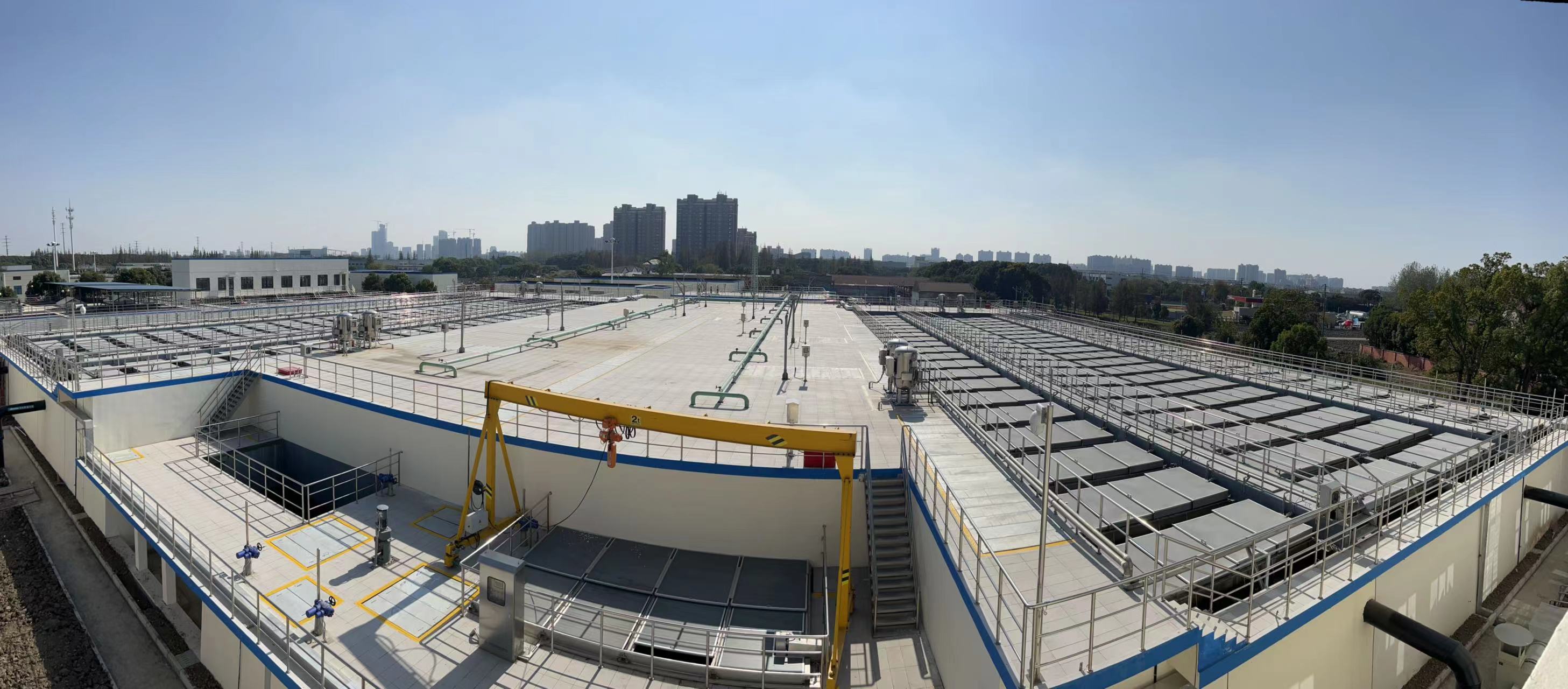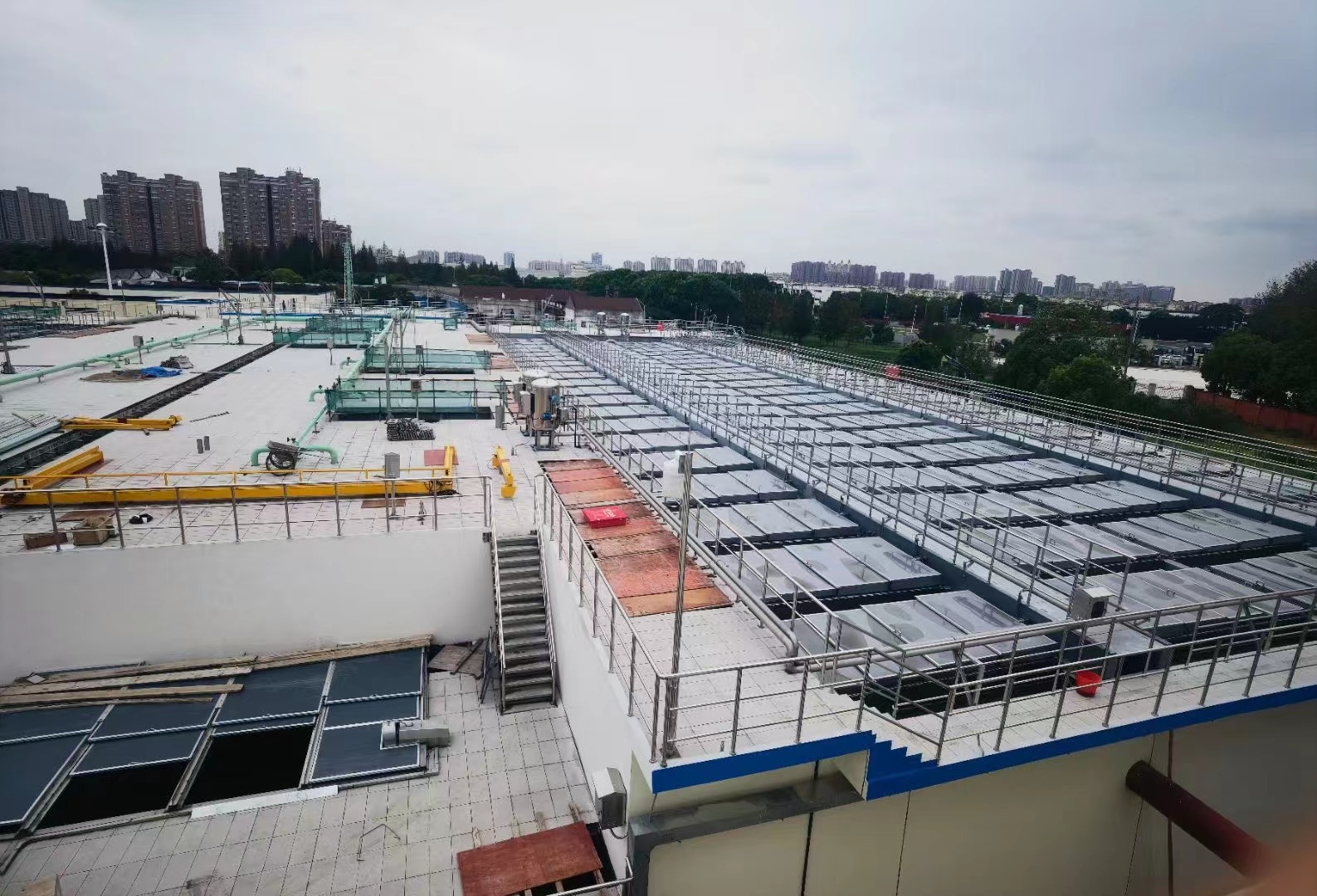A Wastewater Treatment Solution that Would Increase Capacity Without Increasing the Plant's Footprint : the RPIR Biological Treatment Process
Kunshan, a bustling city in China, is experiencing rapid growth. This growth brings prosperity, but also challenges. One of the biggest challenges is wastewater treatment. The Kunshan Huaqiao Wastewater Treatment Plant, one of critical parts of the city's infrastructure, needed to expand to keep pace. Built in 2005, the plant served a population of two hundred thousand with a capacity of forty thousand cubic meters per day. However, by 2020, the population had grown significantly, straining the plant's resources. Traditional wastewater treatment plant expansion often requires large plots of land, which are scarce in densely populated urban areas. Additionally, conventional methods can be energy-intensive and costly to upgrade. Therefore, Kunshan officials sought a solution that would increase capacity without increasing the plant's footprint. Their search led them to the innovative RPIR technology.

The RPIR, or Rapid Purification of sewage using sedimentation Integrated rectangular airlift loop Reactor, emerged as the ideal solution for Kunshan's needs. This technology offers significant advantages over traditional wastewater treatment methods. RPIR is a highly efficient biological treatment process that utilizes a sepecial structure to enhance the transfer of oxygen and nutrients to bacteria. This results in faster and more effective removal of pollutants from wastewater. The system's compact design makes it perfect for urban areas where space is limited. Unlike conventional treatment methods that require vast concrete tanks, RPIR units are significantly smaller and can be easily installed within the existing plant's footprint. This eliminates the need for costly and time-consuming land acquisition and construction. Furthermore, RPIR boasts lower energy consumption compared to traditional methods. The combination of efficiency, compact size, and reduced energy consumption made RPIR the clear choice for the Kunshan Huaqiao Wastewater Treatment Plant expansion.

China has implemented stringent environmental regulations to combat water pollution. The Kunshan Huaqiao Wastewater Treatment Plant expansion project was designed to not only meet but exceed these standards. The RPIR technology plays a crucial role in achieving this objective by effectively removing a wide range of pollutants from wastewater. The treated water from the plant is of such high quality that it can be safely discharged into the environment or reused for various purposes, such as irrigation or industrial processes. This contributes to water conservation efforts and reduces the strain on freshwater resources. Importantly, the RPIR system is highly adaptable and can be easily adjusted to meet future changes in environmental regulations or treatment requirements. This flexibility ensures the long-term sustainability of the plant and its ability to continue providing high-quality wastewater treatment for Kunshan's growing population. The project's commitment to environmental responsibility demonstrates the city's dedication to creating a sustainable future for its residents.
The expansion of the Kunshan Huaqiao Wastewater Treatment Plant has had a significant positive impact on the local community. The improved water quality resulting from the RPIR technology has enhanced the health of nearby rivers and streams. This, in turn, benefits aquatic life and creates a more vibrant ecosystem. Residents are now able to enjoy cleaner waterways for recreational activities such as fishing and boating. The plant's expansion has also created jobs in the community, both during the construction phase and for the ongoing operation and maintenance of the facility. This economic boost is another positive outcome of the project. Furthermore, the successful implementation of this innovative technology has enhanced Kunshan's reputation as a leader in sustainable urban development, attracting investment and contributing to the city's overall prosperity.
The Kunshan Huaqiao Wastewater Treatment Plant expansion project serves as a shining example of how innovative technology can address pressing environmental challenges. The project's success has garnered attention from around the world, inspiring other cities facing similar wastewater treatment issues to consider RPIR technology. The adaptability and efficiency of the RPIR system make it suitable for a wide range of applications, from small communities to megacities. The lessons learned from Kunshan's experience can be applied to future projects, facilitating the global adoption of sustainable wastewater treatment solutions.
 The Kunshan Huaqiao Wastewater Treatment Plant expansion project stands as a testament to the power of innovation in addressing the world's growing water challenges. By embracing the RPIR technology, Kunshan has demonstrated its commitment to sustainable development, environmental responsibility, and the well-being of its citizens. This project serves as a model for other cities around the world seeking efficient, cost-effective, and environmentally sound solutions for their wastewater treatment needs. The successful implementation of this innovative technology highlights the importance of collaboration between governments, engineers, and scientists in creating a more sustainable future. As we move forward, it is essential to continue investing in research and development of advanced technologies that can address our most pressing environmental challenges. The Kunshan Huaqiao Wastewater Treatment Plant expansion project is not just about treating wastewater; it is about building a brighter future for generations to come.
The Kunshan Huaqiao Wastewater Treatment Plant expansion project stands as a testament to the power of innovation in addressing the world's growing water challenges. By embracing the RPIR technology, Kunshan has demonstrated its commitment to sustainable development, environmental responsibility, and the well-being of its citizens. This project serves as a model for other cities around the world seeking efficient, cost-effective, and environmentally sound solutions for their wastewater treatment needs. The successful implementation of this innovative technology highlights the importance of collaboration between governments, engineers, and scientists in creating a more sustainable future. As we move forward, it is essential to continue investing in research and development of advanced technologies that can address our most pressing environmental challenges. The Kunshan Huaqiao Wastewater Treatment Plant expansion project is not just about treating wastewater; it is about building a brighter future for generations to come.
 LOADING...
LOADING...
 DATE:2024年06月04日
DATE:2024年06月04日

